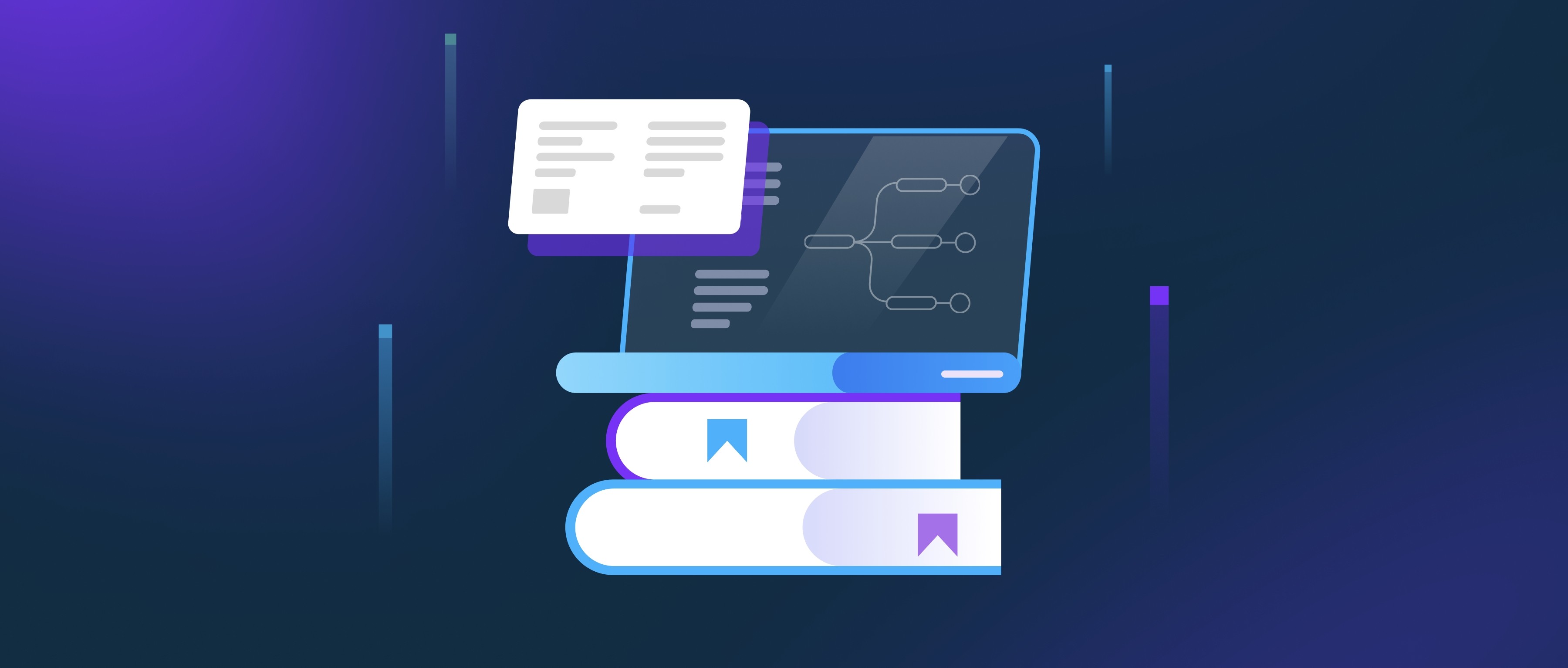Knowledge graphs integrate with big data platforms by providing structured representations of information that enhance data discovery, organization, and analysis. At their core, knowledge graphs consist of entities, their attributes, and the relationships between them, which makes it easier to understand complex information. When combined with big data platforms, which typically handle vast amounts of unstructured or semi-structured data, knowledge graphs can transform this data into usable insights. This integration allows developers to query, analyze, and visualize data more effectively, leading to better decision-making.
For example, when using a big data platform like Apache Hadoop or Apache Spark, a knowledge graph can be employed to link various data sources such as customer details, product information, and transaction records. Instead of searching through disparate data sets individually, developers can use the knowledge graph to establish connections between different entities, making it easy to access related information. This mapping not only streamlines data processing but also improves the accuracy of insights derived from the data, as related entities are inherently connected.
Moreover, integrating knowledge graphs with big data platforms enhances machine learning and natural language processing applications. Developers can leverage the structured data in knowledge graphs to better train algorithms, ensuring that they understand context and relationships. For example, in a recommendation system, a knowledge graph can provide additional information about user preferences and item similarities, resulting in more relevant suggestions. This collaborative approach allows developers to create more intelligent applications that utilize both structured and unstructured data effectively.
